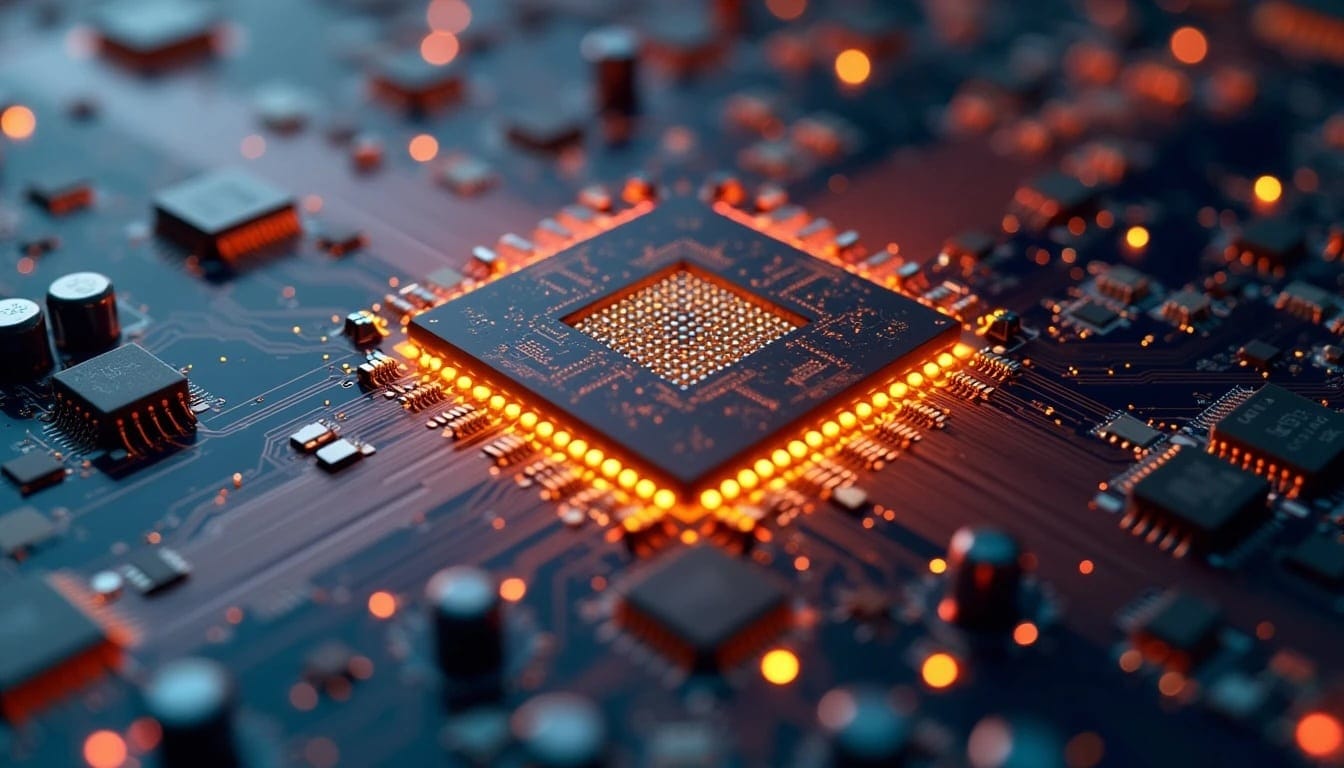A groundbreaking advancement from the U.S. promises a new generation of processors up to a million times faster than current ones.
A group of researchers from the University of Arizona has achieved what until recently seemed pure science fiction: the development of the first functional optoelectronic transistor with speed in the petahertz (PHz) range. This milestone has been published in the prestigious scientific journal Nature Communications, and could redefine the current limits of computing.
What does reaching petahertz speed mean?
To understand the magnitude of this discovery, it is necessary to put it in context. Today’s most powerful processors operate at speeds in the range of gigahertz (GHz), that is, billions of cycles per second. One petahertz equals one million gigahertz, a speed that has so far been considered unattainable for traditional electronic components.
Technology based on ultrafast pulses and graphene
The advancement has been achieved through the use of ultrafast light pulses, lasting less than a trillionth of a second, to manipulate electrons within a graphene structure, one of the most promising materials in advanced electronics due to its high electron mobility and two-dimensional structure.
The most surprising part of the experiment was observing a phenomenon known as quantum tunneling effect, in which electrons, instead of overcoming an energy barrier, pass through it as if it did not exist, thanks to the probabilistic nature of quantum mechanics.
Why is it so revolutionary?
This type of photon-based transistor—instead of traditional electric current—opens the door to a new era of optical computing. Its operation, millions of times faster than current semiconductors, would allow the design of processors with computing capabilities that exceed by a factor of up to 1,000,000x the most advanced chips available today, such as those in the Apple M3 family or Intel Core Ultra.
The potential impact of this technology spans multiple areas:
- Ultra-high-performance artificial intelligence
- Real-time scientific simulations
- Hybrid quantum computing
- Data processing at exabyte or zettabyte scale
Future implications
According to the team at the University of Arizona, this discovery could pave the way for the next generation of hardware, perfectly aligned with the demands of software driven by generative artificial intelligence and cognitive computing.
Additionally, it suggests that we might be on the brink of a new industrial revolution, based not only on silicon but also on two-dimensional materials like graphene and on optoelectronic hybrid architectures, where light and matter interact on femtosecond scales.
A quantum leap toward the computing of the future
Although we are still in the early stages of experimentation, this development is already being compared to historical milestones such as the invention of the transistor in 1947 and the emergence of the microprocessor in the 1970s. It is likely that in the coming years, we will see how this technology scales from laboratories to high-performance commercial environments, redefining what we currently understand by processing speed.
Source: MyDrivers

